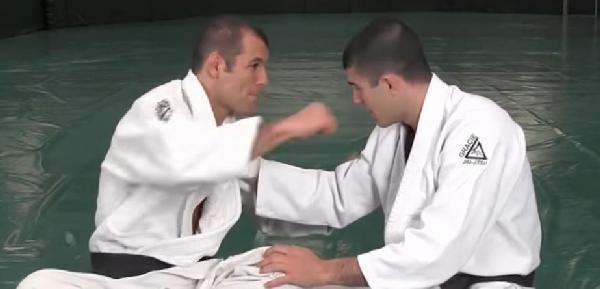
Street vs Sport Fighting
February 14, 2019
“He who manages the distance manages the damage that can be done.”
Rener Gracie
One of the frustrating things about training for the street is its a highly hypothetical scenario, unless you’ve had street experience. Even if you have had street experience, every situation is basically different. Not many people have had all out street fights and not many of them have had multiple fights. The more fights were are talking about, the fewer people have had that many. Out of the general population, a microscopic fraction have had extensive experience. Going from books and the experience of the experienced people I’ve known, the main thing people learn from their street fighting experiences is how to gauge the kick off of the fight, the importance of distance, and the importance of the psychological element, especially the need for controlled aggression.
So how do we deal with this conundrum? How do we train for the street in a classroom in which most people have not been in a serious fight and only the most rare individual has been in a life or death fight. There are many tacks people take. One of the most recent at my school is the use of “Bulletman” padding to allow for full release of power against an opponent who is closer to human (i.e., they can hit back a little, move around, unlike a heavy bag).
Another important thing to learn is the effect your “training bubble” has on you. You go to a school and learn from an instructor who is teaching a specific system. They usually think this system is the “best.” They have particular curriculum’s they use to share the skill. You end up doing very specific drills which have various constraints (on power, on footwork, etc). You do them repeatedly, to drill them into your nervous system. You develop certain grooves of behavior. These grooves have holes right beside them that you don’t see. In your training, you relax into expecting certain kinds of attacks.
In these two videos below, we see these sorts of issues discussed by some Jiu-Jitsu players.
In the first one, we hear from Rener and Ryron Gracie about the difference between “street Jiu-jitsu” and “sport jiu-jitsu” and how they differ. Many martial artists throughout history have learned something in their schools and then later ran into opponents and situations in the street they were not prepared for. The unseen holes in their game were exposed. We develop these habits playing at fighting with friends in a friendly environment. We don’t usually train how to defend against a sucker punch or misdirection, yet these occur a lot out on the street – just ask Geoff Thompson .
Another good point in the Gracie video is this idea of “tiers of instructorship” and how ideas get diffused and morph. I’ve talked about this some in other articles and its super important. All Wing Chun is not created equal and this goes for all fighting systems. Just because I learned from somebody who was good (or their student’s student) doesn’t mean I’m good. It can often be like the game of telephone. This can be true even with the same person over their lifetime – a teacher can go from excellent to mediocre over the decades. Caveat emptor!
In the other video, Nick Albin (aka Chewjitsu) talks about the phenomenon of having strangers come into the school, bringing their non-school attacks and energy and exposing the holes and assumptions.
